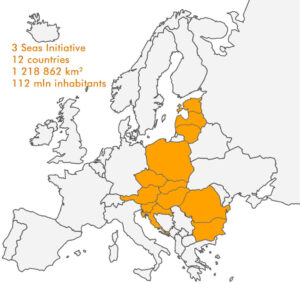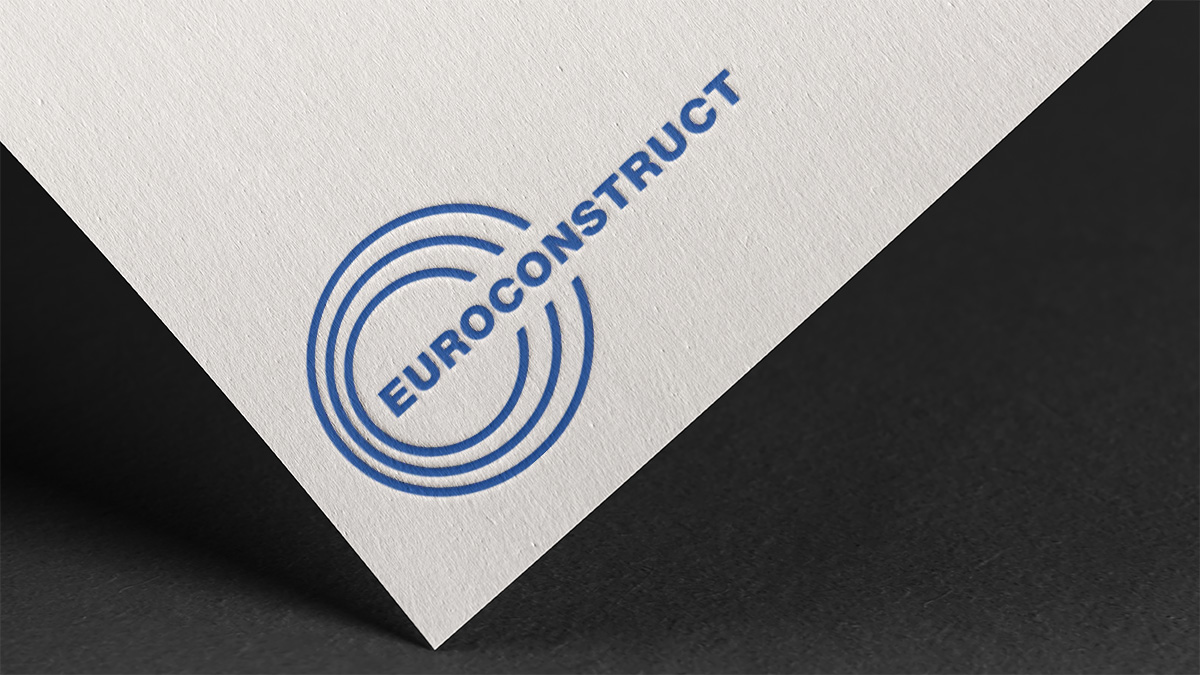
The social, demographic, economic development and above all the special emphasis on environmental protection expected after 2020 presents the construction industry with new challenges. In the EU countries, these challenges result both from the objectives set by the European Commission in the draft cohesion program and the various development directions of individual countries and regions.
The challenges for the construction industry mean adaptating – ensuring the right level – the size and volume, types and standards of the construction production to the demand for new buildings and the maintenance of existing ones.
On the one hand, they result from demand conditions for construction, created in EU countries by five main goals that will support EU investment under cohesion policy for 2021-2027:
- Smarter Europe, through innovation, digitalization, economic transformation and support for small and medium-sized businesses
- Greener, carbon-free Europe, implementing of the Paris Agreement and investing in energy transition, renewable energy sources and the fight against climate change
- Better connected Europe, with strategic transport and digital networks
- More social Europe, delivering the European Pillar of Social Rights and supporting quality employment, education, skills, social inclusion and equal access to healthcare
- Europe closer to citizens by supporting local development strategies and sustainable urban development across the EU.
- Cohesion Policy investments for 2021-2027 will be strongly focused on objectives 1 and 2. Moreover, 65% to 85% of ERDF and Cohesion Fund resources will be allocated to these priorities, depending on the relative wealth of the Member States.
Cohesion policy will constantly develop all regions, still based on 3 categories (less developed; transformation; more developed). Cohesion policy additionally supports local development strategies and strengthens local authorities in managing funds. The urban dimension of cohesion policy will be strengthened, with 6% of the ERDF allocated to sustainable urban development and a new network and capacity building program for municipalities, a European Urban Initiative.
This will help Member States, regions, local government and cities to implement much needed investments and construction in energy efficiency in buildings, renewable energy, smart distribution electricity networks or sustainable urban transport.
These construction investments will help to decrease costly energy imports, diversify energy sources, tackle energy poverty, cut emissions, create jobs and support small and medium sized businesses. It is also possible to receive support for investments in sustainable transport and mobility and smart energy distribution, storage and transmission systems.
Within individual regions, the volume of construction demand will result from taking up, especially in less developed regions, their own development programs both within the national and international framework, such a program is e.g. development of infrastructure under the so-called Three Seas Initiative (see info box 3 Seas Initiative).

ABOUT THE AUTHOR
Mariusz Sochacki
PAB-PCR&F Institute, Poland
Mariusz Sochacki is recognized as a prominent figure within the European construction industry, having founded the Polish Construction Research and Forecasting Institute (PCR&F-PAB), the inaugural private construction research institute in Poland. With an extensive career spanning 35 years in construction science and research, Sochacki has authored over 400 works. These include a diverse range of contributions, from expert opinions for legal proceedings to presentations at national and international conferences. His body of work also encompasses reports, analyses, and expert assessments conducted for both national entities such as the Polish Parliament and Senate, and international institutions like the World Bank and various branches of the European Commission.
On the other hand, the challenges for the construction industry after 2020 result from the need to develop and adapt to the needs of the existing building potential, its size and type structure, to provide educated employees, technical and material equipment, and to improve the quality and supervision over the design and implementation of implemented construction projects.
This requires to overcome many restrictions of growth in construction output recorded in many European countries today, including:
- unsatisfactory quality investment preparation and design,
- shortages of construction workers,
- stopping the quickly rising costs of construction works,
- reducing the share of wages in the structure in construction costs,
- ensuring better coordination of works,
- etc.
Selected directions of activities aimed at increasing the capacity of European construction to meet the goals set by the EC in the draft cohesion program for 2021-2027, as well as the various development directions of individual countries and regions, including: the use of BIM in construction, a house with a 3D printer and the advantages of prefabrication will be discussed at the 88th EUROCONSTRUCT conference, held on 28-30 November 2019 in Warsaw.
The Polish-Croatian Three Seas Initiative is a cooperation platform for the presidents of 12 countries located between the three seas: Adriatic, Baltic and Black. Launched in 2015, the initiative aims to strengthen infrastructure, energy and economic cooperation in Central-European countries. Warsaw Stock Exchange experts estimate that this expenditure on infrastructure investments in the region alone by 2030 should amount from EUR 200 million to even EUR 1.1 billion, in an extremely optimistic scenario.
The members of the Initiative are: Austria, Bulgaria, Croatia, the Czech Republic, Estonia, Lithuania, Latvia, Poland, Romania, Slovakia, Slovenia and Hungary.
Founded in May 2019 The Three Seas Initiative Investment Fund will focus on projects creating transport, energy and digital infrastructure in the region and will support and supplement EU programs. How needed is the initiative is evidenced by the fact that the proposal of the EU budget for 2020-2027 for infrastructure in this region includes EUR 42.3 billion, although investment needs are much larger and already today amount to about EUR 600 billion. The fund aim is to activate other sources of financing, such as funds from individual countries of the region or EU funds.
The Three Seas Initiative flagship project is the Via Carpatia investment. This road connection is to integrate the communication systems of the Baltic States with the Balkans. In total, its length in Poland is almost 700 km. The estimated price of the already built section and sections that are in the preparation phase is PLN 21 billion. The planned completion of the construction of the Polish section of Via Carpatia is set for 2024. The other two other large transnational projects of the Three Seas Initiative – Via Baltica and Rail Baltica – were also qualified for the program. These are transport links connecting the Baltic countries (Poland, Lithuania, Latvia and Estonia) by express roads and railway. In Poland the Via Baltica route has a length of 344km and it should be completed by 2022. Rail Baltica is currently the most important investment carried out by the Polish Railway company. The route, like Via Baltica, will connect Warsaw with the Baltic countries. As part of the project, 66 km of the existing route will be modernized, the surface on another 156 km will be replaced, and the next 186 km built from scratch. The total value of the works will amount to PLN 2 billion, of which PLN 1.4 billion will support European Union funds from the TEN-T program.
The next stage of strengthening economic cooperation between the Three Seas countries was the signing of letters of intent in September 2019 by the presidents of the exchanges from Poland, the Czech Republic, Slovakia, Hungary, Croatia, Romania and Slovenia regarding the start of publication of a new index of exchanges from the region – CEEplus.
The topic of the Three Seas Initiative and related investments will be further studied at the 88th Euroconstruct Conference in November 28-30 in Warsaw.
ABOUT THE AUTHOR
Mariusz Sochacki
PAB-PCR&F Institute, Poland
Mariusz Sochacki is recognized as a prominent figure within the European construction industry, having founded the Polish Construction Research and Forecasting Institute (PCR&F-PAB), the inaugural private construction research institute in Poland. With an extensive career spanning 35 years in construction science and research, Sochacki has authored over 400 works. These include a diverse range of contributions, from expert opinions for legal proceedings to presentations at national and international conferences. His body of work also encompasses reports, analyses, and expert assessments conducted for both national entities such as the Polish Parliament and Senate, and international institutions like the World Bank and various branches of the European Commission.
